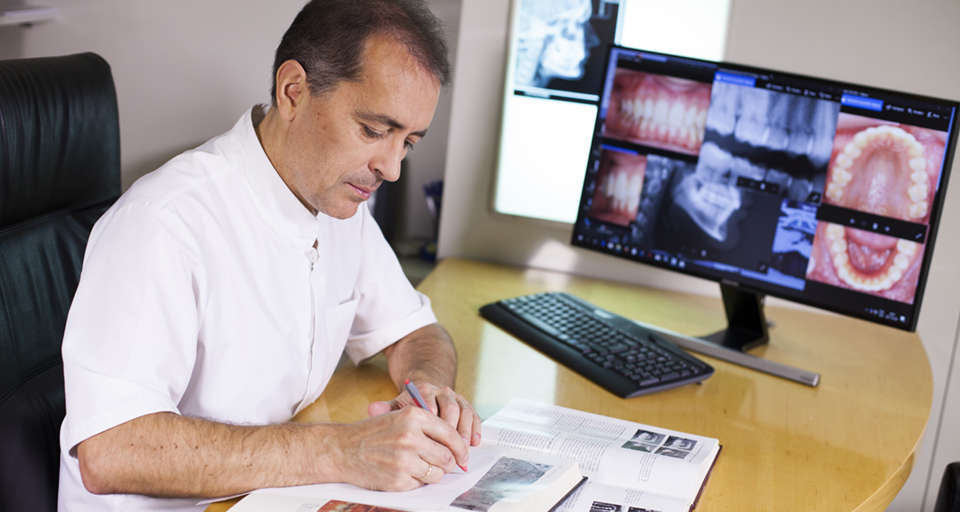Rating nasolabial appearance on three-dimensional images in cleft lip and palate: a comparison with standard photographs.
Written by admin on April 2, 2016
Eur J Orthod. 2016 Apr;38(2):197-201. doi: 10.1093/ejo/cjv024. Epub 2015 Apr 21.
Stebel A(1), Desmedt D(2), Bronkhorst E(3), Kuijpers MA(2), Fudalej PS(4).
Author information:
(1)Division of Maxillofacial Surgery, Department of Stomatology and Maxillofacial Surgery, Comenius University, Bratislava, Slovakia, Departments of.
(2)Orthodontics and Craniofacial Biology.
(3)Community and Restorative Dentistry, Radboud University Nijmegen Medical Centre, Nijmegen, The Netherlands.
(4)Department of Orthodontics, Palacky University, Olomouc, Czech Republic, and
*****Department of Orthodontics and Dentofacial Orthopedics, University of Bern,
Bern, Switzerland Piotr.Fudalej@zmk.unibe.ch.
BACKGROUND/OBJECTIVE: Judgement of nasolabial aesthetics in cleft lip and palate
(CLP) is a vital component of assessment of treatment outcome. It is usually
performed based on two-dimensional (2D) facial photographs. An increasing use of
three-dimensional (3D) imaging warrants an assessment if 3D images can
substitute 2D photographs during aesthetic evaluation. The aim of this study was
to compare reliability of rating nasolabial appearance on 3D images and standard
2D photographs in prepubertal children.
METHODS: Forty subjects (age: 8.8-12) with unilateral CLP treated according to a
standardized protocol, who had 2D and 3D facial images were selected. Eight lay
raters assessed nasal form, nasal deviation, vermilion border, and nasolabial
profile on cropped 2D and 3D images using a 100-mm visual analogue scale (VAS).
Additionally, raters answer two questions: 1. Do 2D or 3D images provide more
information on nasolabial aesthetics? and 2. Is aesthetic evaluation easier on
2D or 3D images?
RESULTS: Intrarater agreement demonstrated a better reliability of ratings
performed on 3D images than 2D images (correlation coefficients for 3D images
ranged from 0.733 to 0.857; for 2D images from 0.151 to 0.611). The mean scores
showed, however, no difference between 2D and 3D formats (>0.05). 3D images were
regarded more informative than 2D images (P = 0.001) but probably more difficult
to evaluate (P = 0.06).
LIMITATIONS: Basal view of the nose was not assessed.
CONCLUSIONS: 3D images seem better than 2D images for rating nasolabial
aesthetics but raters should familiarize themselves with them prior to rating.
© The Author 2015. Published by Oxford University Press on behalf of the
European Orthodontic Society. All rights reserved. For permissions, please
email: journals.permissions@oup.com.
DOI: 10.1093/ejo/cjv024
PMCID: PMC4914758
PMID: 25900054 [Indexed for MEDLINE]




